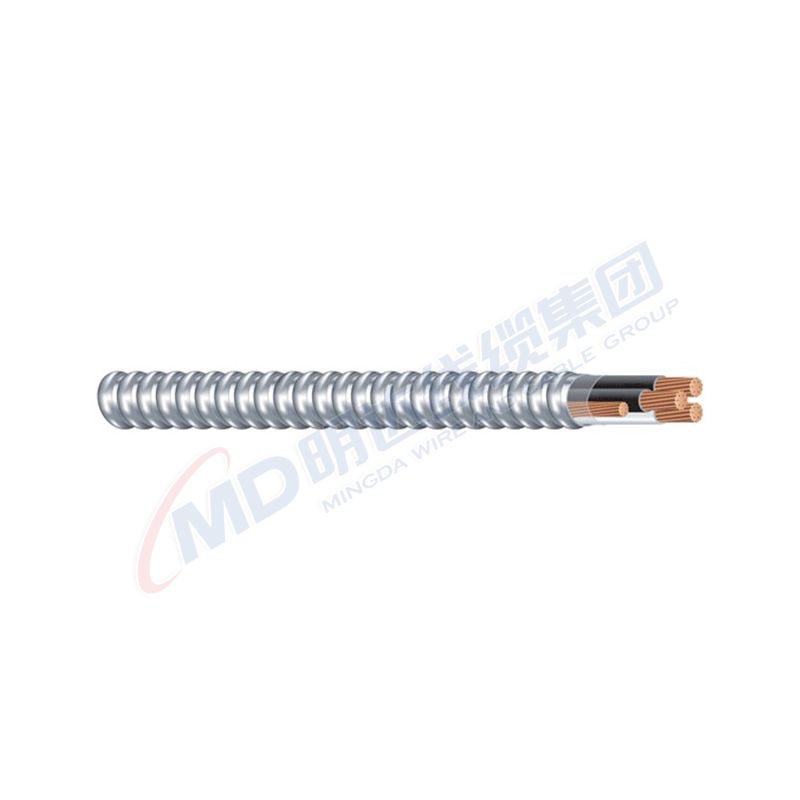Nov . 05, 2024 15:45 Back to list
single plate check valve
Understanding Single Plate Check Valves Function, Benefits, and Applications
Check valves are crucial components in various fluid systems, ensuring that flow only occurs in one direction. Among the types of check valves available, the single plate check valve stands out for its design, efficiency, and versatile applications. This article delves into the features, benefits, and common uses of single plate check valves.
What is a Single Plate Check Valve?
A single plate check valve, as the name suggests, consists of a single disc or plate that pivots around a hinge. This design allows the valve to open when fluid flows in the intended direction and closes when flow attempts to reverse. The simplicity of the single plate design ensures reliable performance with minimal maintenance.
Key Features and Design
The single plate check valve is characterized by its compact design, lightweight structure, and straightforward installation. Made from various materials such as stainless steel, cast iron, or plastic, these valves can withstand different pressure and temperature conditions, making them suitable for numerous applications.
One of the highlights of the single plate check valve is its low-pressure drop. Because the disc only opens when necessary, fluid dynamics are improved, resulting in reduced energy loss. Additionally, the design helps minimize the risk of water hammer, a phenomenon that can lead to structural damage in piping systems due to sudden changes in flow velocity.
Benefits of Single Plate Check Valves
1. Efficient Flow Control The primary function of a single plate check valve is to ensure unidirectional flow. This feature prevents backflow, protecting pumps, compressors, and other equipment from damage or operational inefficiencies.
2. Space-Saving Design Due to their compact size, single plate check valves are particularly advantageous in situations where space is limited. Their slim profile allows for easy integration into existing systems without requiring extensive modifications.
single plate check valve

3. Reduced Maintenance Requirements With fewer moving parts compared to other types of check valves, the single plate design results in fewer mechanical failures. This simplicity translates to lower maintenance costs and downtime, making it a cost-effective choice for many applications.
4. Versatility Single plate check valves can be employed in diverse industries, including water treatment, oil and gas, HVAC systems, and food processing. Their ability to handle various media and operating conditions makes them a preferred option in many settings.
Common Applications
Single plate check valves find application across various sectors. Below are some common uses
- Water Supply Systems These valves help ensure that water flows in a single direction, protecting pumps from potential backflow that can lead to contamination or damage.
- Chemical Processing In the chemical industry, single plate check valves are often used to manage the flow of corrosive and hazardous fluids, ensuring system integrity and safety.
- HVAC Systems The heating, ventilation, and air conditioning sector utilizes single plate check valves to maintain airflow direction and optimize system performance.
- Marine Applications Due to their lightweight nature, single plate check valves are frequently employed in marine applications, such as ballast systems and cooling water systems, where weight reduction is critical.
Conclusion
The single plate check valve is a vital component in fluid systems, combining efficiency, reliability, and versatility. Its compact design and low-maintenance attributes make it an attractive choice for industries ranging from water treatment to chemical processing. As fluid dynamics continue to evolve, the importance of robust and efficient flow control mechanisms, such as single plate check valves, will only grow, showcasing their potential in future innovations across various engineering applications. Understanding their benefits and applications can help professionals make informed decisions when selecting the appropriate check valve for their systems.
Share
-
Reliable Wafer Type Butterfly Valves for Every IndustryNewsJul.25,2025
-
Reliable Flow Control Begins with the Right Ball Check ValveNewsJul.25,2025
-
Precision Flow Control Starts with Quality ValvesNewsJul.25,2025
-
Industrial Flow Control ReliabilityNewsJul.25,2025
-
Engineered for Efficiency Gate Valves That Power Industrial PerformanceNewsJul.25,2025
-
Empowering Infrastructure Through Quality ManufacturingNewsJul.25,2025